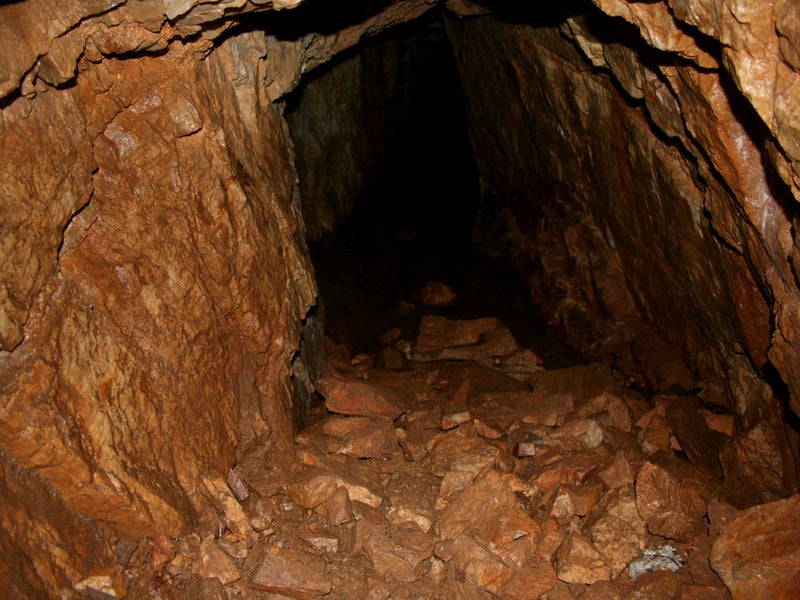Tshepong is an underground gold mining operation located in the Free State province of South Africa. Owned and operated by Harmony Gold, it is one of the biggest gold mines by production in South Africa.
Tshepong operations comprise the Tshepong and Phakisa underground sections with mining depths ranging between 1.5km and 2.3km beneath the surface.
Commissioned in November 1991, the Tshepong gold mine was integrated and consolidated with the nearby Phakisa underground mine into a single operation in 2017.
Tshepong is Harmony’s biggest gold mining operation in South Africa both by reserves and production. Mining at Tshepong is expected to continue at least until 2040.
Gold production at Tshepong
The Tshepong gold mine produced 238,526 ounces (oz) of gold in the year ended June 2021 accounting for 16% of Harmony’s total gold production during the period.
Location, geology and mineralisation
The Tshepong gold mine is located near Welkom, 250km away from Johannesburg. The mining right for the Tshepong operations covers 10,798ha in the south-western corner of the Witwatersrand Basin situated on the Kaapvaal Craton.
The Tshepong deposit is situated to the north of the Phakisa shaft, between the towns of Odendaalsrus and Kutloanong. It is bounded to the north by the inactive Jeanette mine and to the south-west by the Nyala shaft. The Phakisa section lies north-west of the Masimong 5 shaft, between Welkom and Odendaalsrus.
The main gold-bearing ore body comprises the stratiform and stratabound Basal Reef. The B Reef, which is stratigraphically located 140m above the Basal Reef, is also mined as part of the Tshepong operations.
The Basal Reef lies beneath a thick series of siliceous and argillaceous quartzites of the Welkom Formation and is covered with shales and quartzites of the Harmony Formation.
Gold reserves at Tshepong
The Tshepong mine was estimated to hold 24.7 million tonnes (Mt) of proved and probable ore reserves grading 5.53g/t gold as of June 2021.
The total contained gold reserves of the mine were estimated to be 4.39 million ounces (Moz).
The measured, indicated, and inferred ore resources of the Tshepong operations are estimated to be 72.5Mt containing 25.59Moz of gold.
Mining and ore processing
Undercut mining method is employed to extract ore from the Basal Reef horizons, while open stoping mining method is used to extract ore from the B Reef zones. The ore bodies are accessed by means of conventional underground grid development.
The extracted ore from the Tshepong underground section is hoisted to surface through the main Tshepong shaft. The ore from the Phakisa section is transported via a rail-veyor system to the Nyala shaft, from where it is hoisted to surface through the koepe winding system.
The run-of-the-mine (ROM) ore from both the Tshepong and Phakisa sections is further transported by trains to the Harmony One processing plant located 23km away from the mine.
The Harmony One plant is a carbon-in-leach (CIL) plant with a processing capacity of 390,000 tonnes (t) a month. The plant processes the ore mined at the Tshepong, Bambanani, Masimong and Joel mines. It uses the cyanide leaching method to recover gold.





